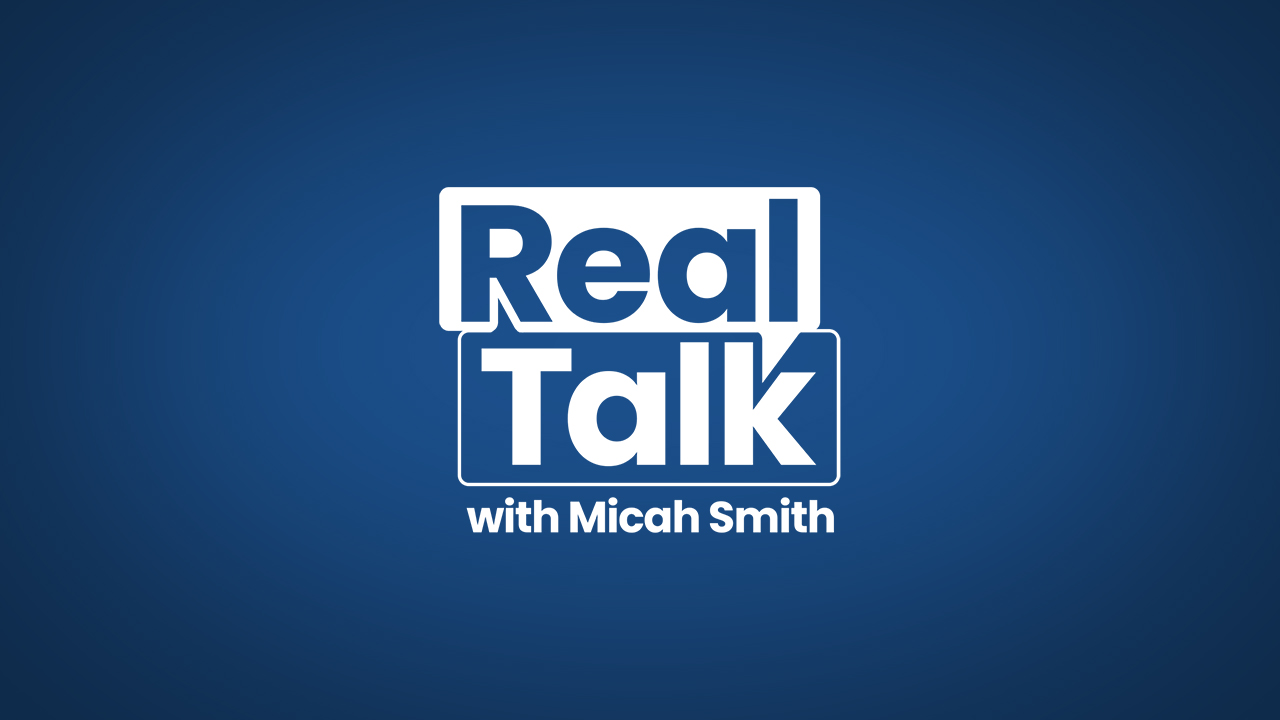JEFFERSON COUNTY, Colo. — Over the next two weeks, Jefferson County officials hope to gather community feedback as they draft a new evacuation plan and a Community Wildfire Protection Plan (CWPP).
"What they really speak to is about fire preparedness planning as well as risk mitigation and other components that help either a community or the county both prepare for and be in a good place to respond to wildfire events," said Brian Keating, fire management officer for Jefferson County Sheriff's Office.
The last CWPP was created more than a decade ago. Keating said there have been lessons learned from wildfires in Jefferson County and across the state.
"The Quarry Fire, a large part of those evacuations was obviously because homes were exposed to a moving wildfire, but it was also to help mitigate some of the congestion and, frankly, chaos that could occur if we try to do a mass evacuation later down the road. So we got folks out early so that they could be safe and so that firefighters could safely engage the fire and take action," he said.
A significant update in the draft CWPP is increasing the area of the county identified as the wildland urban interface (WUI). The WUI are areas where there are homes and structures tucked so close to wildland and other vegetation that it causes an increased risk if a fire sparks.
The draft plan suggests increasing the area currently identified as WUI from 76% to 91%. The plan explains, "The purposes of WUI demarcation for the Jefferson County CWPP are to (1) guide implementation of zoning and building codes to reduce the ignitability of structures, (2) prioritize fuel treatments to protect lives, property, infrastructure, and resources, (3) identify areas eligible for WUI-specific grant funding, and (4) fulfill CWPP requirements set forth by the Colorado State Forest Service. The WUI definition in Jefferson County has had implications for zoning and building regulations since 1995."
The update would include 53% of all structures in the county. Any specific changes to building codes or zoning for structures that could now be included in the WUI were not given.

"Some of that through modeling and analysis shows where the risk is, where the danger is, and why we want to categorize these areas as WUI. It's also a direct reflection of, when you look at the Marshall Fire a couple years ago up in Boulder County, it wasn't a mountainous fire with all the vegetation up there that posed the greatest risk to citizens. It was down in the lowlands," said Keating of the process behind the WUI update.
The newly suggested WUI areas include flatlands where homes are interfaced with wildlands, trees, vegetation and some parks.
"They're at greater risk, greater hazard, greater exposure to the threats from a wildland fire, so our CWPP not only recognizes that risk but also makes recommendations, both in what the county can do to be in a better position to be to mitigate that risk beforehand, as well as what our citizens can do to be aware to be signed up through our notification system," Keating said.

Feedback forms for community input can be found online for the CWPP and the evacuation plan. County commissioners will have the final say on if the plan is adopted. That will likely happen near the end of the month or the beginning of October.





Denver7 is committed to making a difference in our community by standing up for what's right, listening, lending a helping hand and following through on promises. See that work in action, in the videos above.





